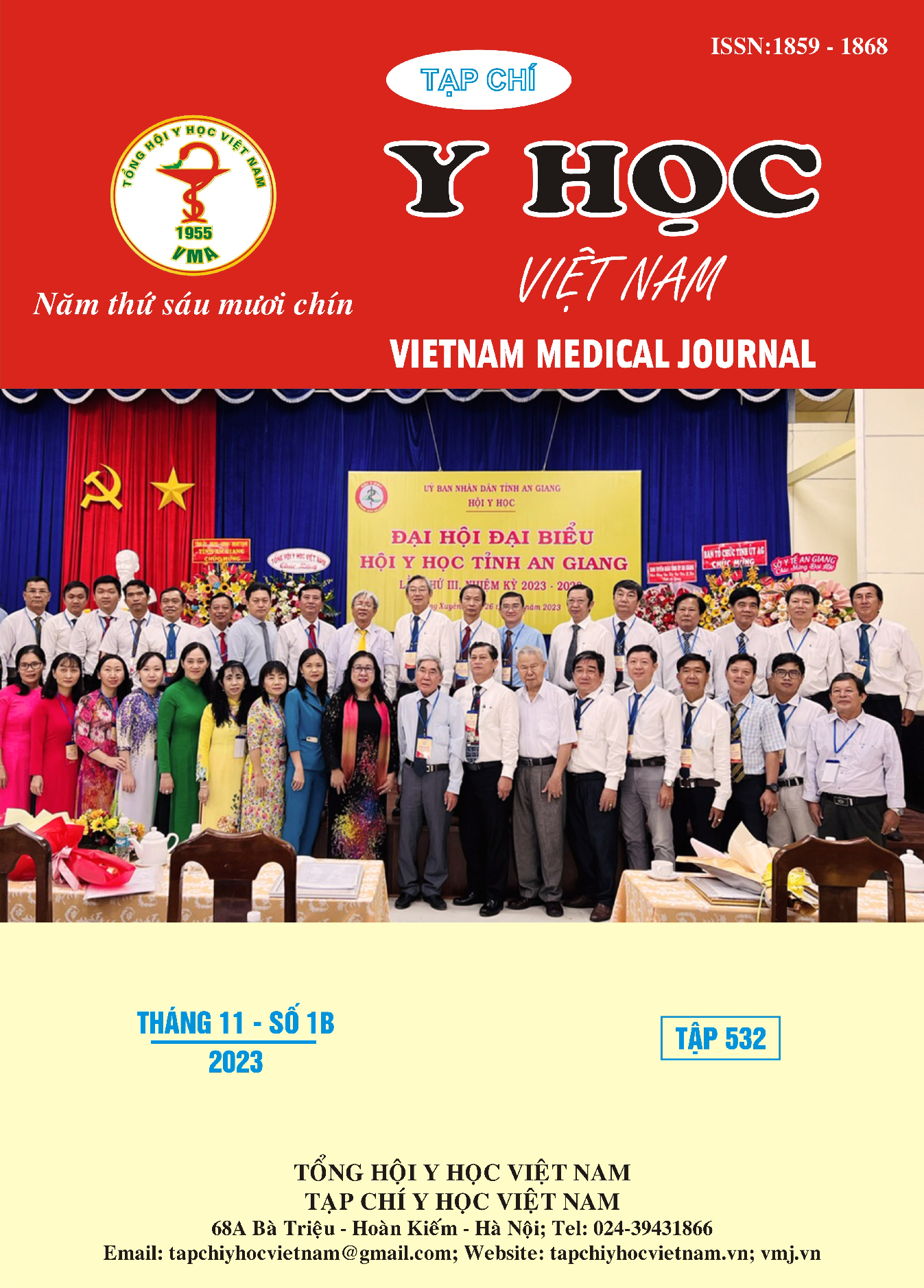EVALUATION THE OUTCOMES OF KIDNEY LAVAGE AND PREPARATION FOR LIVING DONOR KIDNEY TRANSPLANTATION AT VIET DUC HOSPITAL
Main Article Content
Abstract
Objectives: The aim of this study is to assess the outcomes of kidney lavage and preparation for transplantation from living donors at Viet Duc Hospital. Subjects and Research Method: A clinical descriptive study was conducted on 149 patients who received kidneys from living donors through endoscopic surgery, ensuring compliance with the selection criteria set by the Ministry of Health. The kidneys were rapidly perfused with Custodiol solution at a temperature of 4°C, following the kidney washing protocol established by the Ministry of Health at Viet Duc Friendship Hospital during the study period. The research parameters included: pre-wash anatomical features of the donor kidney, pre-wash gross characteristics of the graft kidney, number of glomeruli, tubules, and interstitial cells in the pre-wash graft kidney, duration of kidney washing, volume of kidney washout solution, and overall assessment of the kidney washing results. Results: There were no cases of parenchymal collision, vascular injury, or renal capsule rupture. The majority of graft kidneys did not have cysts, accounting for 98.6%. The average time for washout solution to flow out of the vein was 5.68 ± 0.89 minutes. Post-washing, 100% achieved good density, 98% exhibited good kidney coloration, and 2% were of average color, with no cases exhibiting poor results. Overall, the kidney washing results were good in 146 out of 149 cases (98.0%), average in 3 out of 149 cases (2.0%), with no significant difference in glomerular density in the graft kidneys. Conclusion: Kidney washing and subsequent adjustments are crucial steps before placing the kidney in the transplant pocket. Re-evaluating the kidney helps reduce cold ischemia time and detect any potential injuries, providing maximum support during the anastomosis of blood vessels and urinary ducts during kidney transplantation.
Article Details
Keywords
lavage kidney, kidney preservation
References
2. Nguyễn Hồng Hà. Nghiên cứu một số yếu tố ảnh hưởng tới kết quả rửa thận, bảo quản thận ứng dụng trong ghép thận thực nghiệm và lâm sàng. Hà Nội, Học viện Quân Y; 1996.
3. Karam G., Kälble T., Alcaraz A., Aki F.T. Organ Preservation. European Association of Urology; 2014
4. Diuwe P., Domagala P., Wszola M., Kieszek R., Chmura A., Kwiatkowski A. Kidney storage before transplantation with the use of machine perfusion. MEDtube Science Mar. 2014; 2(1): 1-6.
5. Châu Quý Thuận. Góp phần đánh giá tiêu chuẩn kiểm tra rửa thận và bảo quản thận đẻ ghép tại Bệnh viện Chợ Rẫy. TP. Hồ Chí Minh, Đại học Y dược Thành phố Hồ Chí Minh; 2003
6. Cao Quyết Thắng. Đánh giá kết quả rửa và bảo quản thận ghép lấy từ người cho sống tại Bệnh viện Quân Y, Học viện Quân Y; 2017.
7. Phạm Quang Vinh, Trịnh Hoàng Quân, Trịnh Cao Minh. Nhận xét kết quả rửa thận ghép bằng dung dịch Ringer lactat tại bệnh viện 103. Tạp chí y dược học quân sự. 2012; số Chuyên đề ghép tạng(1): 89-100.
8. Bộ Y tế. Quy trình ghép thận từ người sống cho thận. Hà Nội: Hội đồng tư vấn chuyên môn ghép, tạng; 2006: 64-67.


